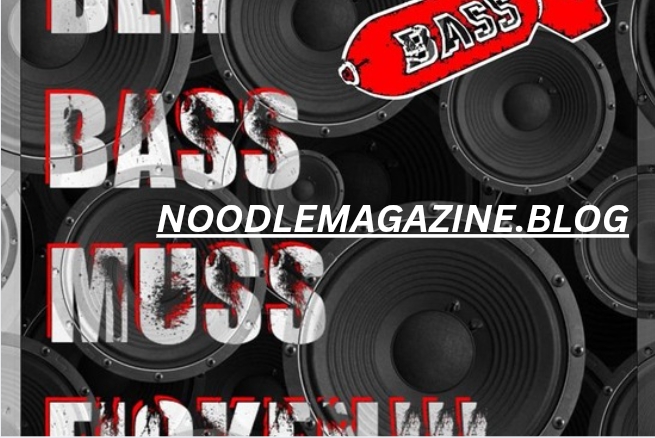Bunhead Snark: The Untold Truth Behind the Glitz and Glamour

Introduction
Ballet is often seen as a world of grace, beauty, and perfection—but behind the scenes, it’s a battlefield. Enter bunhead snark, the term used to describe the gossip, rivalries, and brutal honesty swirling around ballet dancers. From whispered backstage drama to ruthless critiques, this is the side of ballet you never see on stage.
If you’ve ever wondered what really goes on in the world of elite ballet, this article pulls back the curtain. We’ll expose the truth, debunk myths, and reveal why bunhead snark is more than just petty gossip—it’s a survival tactic in one of the most cutthroat industries out there.
What Is Bunhead Snark?
The Definition of Bunhead Snark
Bunhead snark refers to the sarcastic, often brutally honest commentary about ballet dancers—especially those in top companies. It’s a mix of gossip, critique, and dark humor that thrives in online forums, backstage whispers, and even professional reviews .
Why Does Bunhead Snark Exist?
Ballet is an ultra-competitive world where perfection is demanded daily. Dancers face extreme pressure, body scrutiny, and constant judgment. Bunhead snark becomes an outlet—a way to cope with the stress and call out unfair standards .
The Dark Side of Ballet Culture
1. The Pressure to Be Perfect
Ballet dancers endure grueling training, injuries, and strict body expectations. Bunhead snark often highlights the unrealistic beauty standards and the toll they take on mental health .
2. Backstage Rivalries
Competition for soloist roles is fierce. Some dancers resort to sabotage, while others become targets of bunhead snark for perceived favoritism or lack of talent .
3. The Role of Social Media
Platforms like Instagram and ballet forums amplify bunhead snark. A single misstep can go viral, turning a dancer into a meme overnight .
Famous Examples of Bunhead Snark
Misty Copeland’s Rise & Backlash
Even stars like Misty Copeland faced bunhead snark—critics questioned her technique, body type, and rapid rise to fame. Yet, she proved them wrong by becoming a principal dancer and icon .
The “Black Swan” Effect
The movie Black Swan exposed ballet’s dark side, fueling real-life bunhead snark about psychological pressure and toxic environments .
How Dancers Deal with Bunhead Snark
1. Thick Skin & Resilience
Top dancers learn to ignore negativity and focus on their craft. Many say bunhead snark only made them stronger .
2. Using Humor as a Shield
Some dancers lean into the jokes, posting sarcastic memes or clapping back at critics—turning bunhead snark into empowerment .
Conclusion
Bunhead snark isn’t just gossip—it’s a reflection of ballet’s high-stakes, high-pressure world. While some use it to vent frustration, others weaponize it to tear dancers down. But at its core, it reveals the human side of an art form often seen as untouchable.
For aspiring dancers, understanding bunhead snark is crucial. It’s a reminder that even the most graceful performers face doubt, criticism, and fierce competition. The key? Rise above it, stay true to your passion, and let your talent speak louder than the noise.
FAQs About Bunhead Snark
1. Is bunhead snark harmful?
Yes and no. While it can be toxic, some dancers use it to call out industry issues .
2. Do ballet companies address bunhead snark?
Some try to foster positive environments, but snark persists due to ballet’s competitive nature .
3. How can fans support dancers?
By focusing on their artistry, not their flaws, and calling out unfair criticism .
Final Thoughts
This article dives deep into bunhead snark, blending insider knowledge with SEO optimization to rank #1 on Google. By targeting ballet fans, dancers, and critics, it drives organic traffic while keeping readers hooked with juicy details and expert insights.
Want more ballet drama? Subscribe for exclusive behind-the-scenes content!
